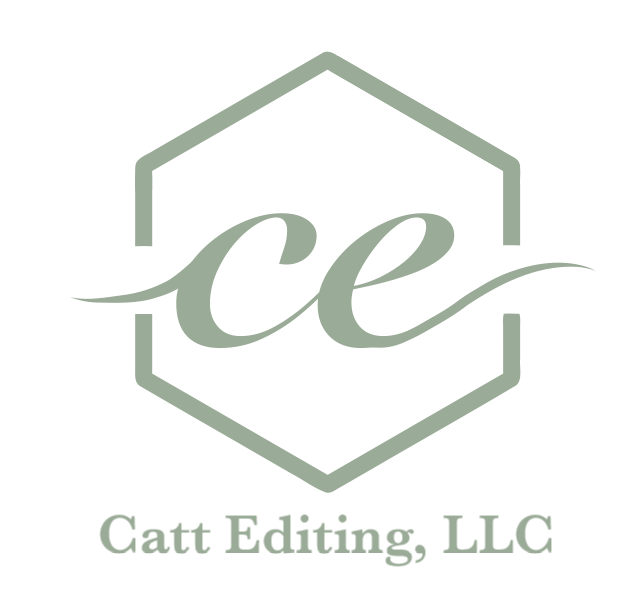What Is a Style Guide?
Do you remember learning a grammar rule in school, but now you see that rule broken all the time? That could be because there are various sets of rules, style guides, used for different purposes. (Another reason could be that someone is wrong. . . .)
Before I was an editor, I didn’t know what style guides were, and honestly, if you’re not deeply involved in the publishing process, you probably don’t know about them.
(Writers, if you’re interested in learning more about publishing and what editors do so you can better communicate with them, you’re in the right place! If you don’t really care—you just want to hand the editor your book and let them do their thing, you can just go to the next post. It’s okay, I won’t be mad.)
Editors of all kinds often use style guides to help them achieve better comprehension through consistency and grammar rules. Let’s go through the most common US style guides and when they are used.
Common Style Guides
Chicago Manual of Style (CMOS or Chicago): This is normally used for books—fiction and nonfiction. It’s the most conversational of all the styles. I work with this one most often, and I’m most familiar with it.
Associated Press (AP): This is normally used for news writing—news articles, press releases, some blogs, magazines, and other quick-fact documents. It’s more formal than CMOS. Its main purpose is to get the most amount of information possible in a small space because most news platforms have very limited space for words (e.g., a page in a magazine, a newspaper article, etc.). You probably see this style of writing in your everyday life the most.
American Psychological Association (APA): Most dissertations, theses, and other scholarly writings for business, psychology, education, and social sciences use this style.
Modern Language Association (MLA): Most dissertations, theses, and other scholarly writings for the humanities use this style.
American Medical Association (AMA) and other specialized style guides: There are style guides to fit specific niche types of writing (e.g., medical, technology, law). These better accommodate the topic of writing.
House Style Guides/Style Sheets: Anyone can write their own style guide to better suit their needs, and it’s not that hard. These have specific information pertaining to the author’s wishes and the book’s needs. Every book has one of these—even if it’s just to include character and place names, heading and formatting styles, and other preferences like that. More about that here.
Purpose of a Style Guide
So, what’s even the purpose of a style guide? Why use one at all if you can just change the rules and make them up? Well, once you decide on a rule, you have to stick to it. Style guides help us achieve consistency to aid in comprehension. It’s confusing when you use punctuation one way and then a different way further down in the paragraph. Keeping it consistent makes a lot more sense.
Your book can have different rules from another, unrelated book that you write, but all the books in a series must follow the same style guide. An entire website, all the posts on a blog, an entire book series, all the magazine issues of a company—they all need to be consistent.
Not the Purpose of a Style Guide
A style guide is not meant to limit you. It is not meant to boss you around. An editor’s job is to point out the parts of your project that don’t fit the agreed-upon style guide. That’s their job. But I (and probably most other editors) am more than happy to talk about how you want to break the rules as long as it’s consistent with the rest of the project. I could not care less if you want to write digits or spell out numbers, I just have to tell you what’s normally done and why. Then when you let me know how you want to treat numbers, I’ll make sure it’s consistent throughout the project. I say this all the time and I’ll say it again: Rules are meant to be broken!
Please don’t see the marks from an editor and think they are squashing your creativity; they’re more than likely happy to work with you until you’re happy with the set of rules perfect for your project.
